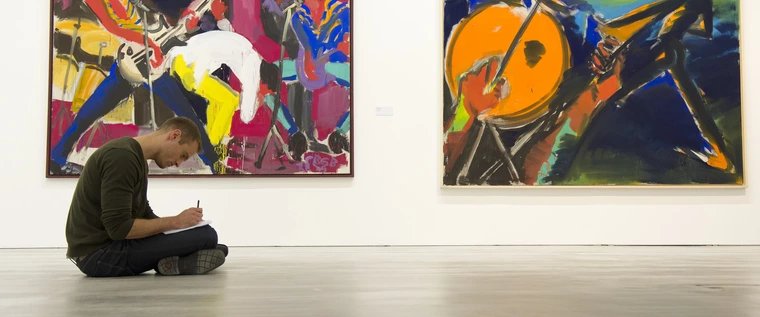
The dark side of numismatics
The crimes associated with it are just as old as the coined money: coins and medals made of precious metal encourage theft, robbery and embezzlement. Counterfeit coins for circulation undermine trust in currencies. Coin counterfeits have also been produced specifically for collectors since the Renaissance.
Long fingers – counterfeit coins
The dark side of numismatics
In the exhibition, originals and fakes are compared and tools provide information about the techniques used by forgers.
The exhibition is essentially dedicated to counterfeiting and coin counterfeiting. Counterfeit coins are made by private individuals, but occasionally also by government agencies.
Especially in times when coins were the only means of payment, counterfeiting was a serious problem that, in the worst case, could lead to a destabilization of the economy.
The exhibition discusses whether Frederick the Great was a counterfeiter and where the boundaries between devalued money and counterfeiting lie.
From the disappearance of coins to the challenge of detecting counterfeits
With the decreasing importance of coinage, counterfeit coins are now a rather marginal phenomenon. However, recognizing increasingly sophisticated counterfeits of coins is becoming increasingly difficult for collectors.
The techniques of counterfeiters and coin forgers take up a lot of space in the exhibition. Historical and modern forger's tools from the Coin Cabinet, the Deutsche Bundesbank, the KfW Bankengruppe and private lenders illustrate the criminal procedure. Visitors can try out the counterfeit detection methods themselves. The punishments counterfeiters received over time are also clearly illustrated.
Crimes in the context of coins
The exhibition also touches on other crimes involving coins. Theft, robbery and offenses against the protection of cultural property are not a specifically numismatic problem. However, the handiness of the objects makes coins and medals particularly vulnerable to these crimes. The Coin Cabinet's collection was also repeatedly affected by losses from the Thirty Years' War (1618–1648) until the Big Maple Leaf was stolen from the Bode Museum in 2017.
The Coin Cabinet: Treasury of Deception
The coin cabinet of the Berlin State Museums currently houses around 540,000 monetary history objects. This also includes several thousand counterfeit coins and coin counterfeits that have been specifically collected since the 19th century. The Coin Cabinet preserves unique archives and holdings from some of the most famous coin forgers, including Nicolaus Seeländer (1682–1744) and Carl Wilhelm Becker (1772–1830), which also include tools used by forgers.
curator
The exhibition is curated by Christian Stoess, research assistant at the Coin Cabinet.
publication
The exhibition is accompanied by the accompanying publication “Counterfeit Money and Coin Counterfeits” with 15 contributions by well-known scientists on the exhibition topic.
- A special exhibition by the Coin Cabinet – Berlin State Museums
Additional information
Price info: Museum Island + Panorama: 24,00 €
Price: €12.00
Reduced price: €6.00
Reduced price info: Museum Island + Panorama: 12,00 €
Children and young people up to the age of 18 are admitted free of charge.
Price: €12.00
Reduced price: €6.00
Reduced price info: Museum Island + Panorama: 12,00 €
Children and young people up to the age of 18 are admitted free of charge.
Dates
April 2025
| Mo | Tu | We | Th | Fr | Sa | Su |
|---|---|---|---|---|---|---|
1
|
2
|
3
|
4
|
5
|
6
| |
7
|
8
|
9
|
10
|
11
|
12
|
13
|
14
|
15
|
16
|
17
|
18
|
19
|
20
|
21
|
22
|
23
|
24
|
25
|
26
|
27
|
28
|
29
|
30
|






















